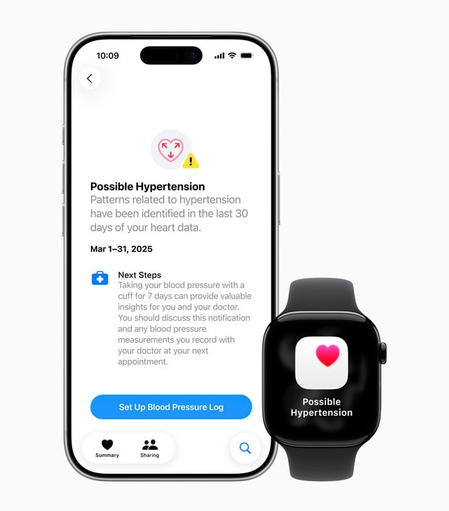
New Delhi, Jan 16 (IANS) Recent human deaths seen in the US and Cambodia due to H5N1 bird flu are ‘concerning’, and calls for boosting monitoring and genome sequencing, said public health experts on Thursday.
Earlier this month, the US Centers for Disease Control and Prevention (CDC) stated the first-ever human death due to severe avian influenza A(H5N1) illness (H5N1 bird flu) in the country.
Days later, health officials in Cambodia reported a human death due to H5N1.
“The recent deaths reported from bird flu among humans are concerning,” Rajeev Jayadevan, Chairman of the Kerala State IMA Research Cell, told IANS.
He stressed the importance of monitoring and genome sequencing to track the virus.
To date, there have been 66 confirmed human cases of H5N1 bird flu in the US since 2024 and 67 since 2022. Outside the US, more than 950 cases of H5N1 bird flu have been reported to the World Health Organization (WHO).
What is assuring is that the CDC has detected “no person-to-person transmission spread”, the experts noted.
“No doubt that human infection with highly pathogenic avian influenza (HPAI) A, H5N1 virus that primarily causes bird flu, has a high potential for severe respiratory infection as well as high mortality, with over 50 per cent among around 1,000 human cases worldwide. The biggest solace is that human-to-human transmission is extremely rare and almost not heard of,” said epidemiologist Dr. Ishwar Gilada, from a Mumbai-based hospital.
H5N1 has in recent years seen a significant increase in spillover to mammals. The virus has killed a record number of birds, besides also spreading to otters, sea lions, minks, foxes, dolphins, and seals, among others. In 2024, people working on dairy farms contracted the virus from sick cattle, raising concerns about the further spread of the virus.
Recently, Maharashtra also reported India’s first case of bird flu among other animals. Three tigers and one leopard died of avian influenza at an animal rescue centre in Nagpur. However, Jayadevan said the “newly reported human deaths from bird flu are not through contact with cattle”.
“Rather the virus seems to have jumped from poultry directly to man and caused either severe disease or death. These cases occurred when humans handled chickens that were sick with the virus. The concern here is that when they looked at the virus in humans and compared it to those found in the poultry farm, the virus had already made new mutations. This shows the virus is capable of mutating quickly to adapt to human cells,” the expert explained.
“The good news however is that these mutations are still not good enough to help the virus spread to other people. Hopefully, that will not occur, and such cases will remain sporadic, and there will be no pandemic,” Jayadevan noted.
But to track these changes, proper monitoring and genome sequencing is important, said, advising people handling poultry to take proper precautions. “Tracking viruses, genome sequencing, knowledge sharing, research and development on vaccines, treatments/cures, prevention guidelines if and when there is outbreak are crucial steps that should have continuity,” Gilada said.
–IANS
rvt/




